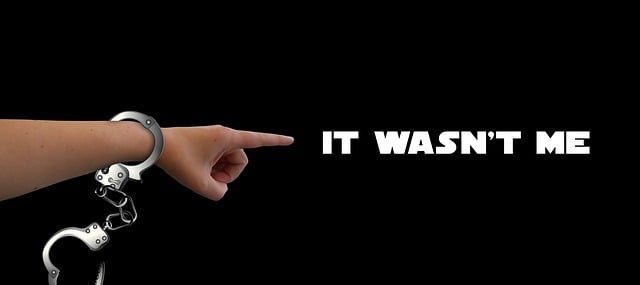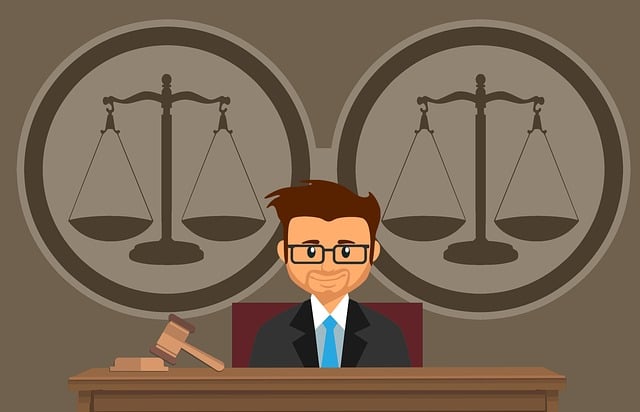In today's digital age, understanding how to challenge forensic evidence in court is vital for protecting investors from securities scams. Scammers use advanced techniques like forged documents and convincing narratives. Legal professionals must scrutinize document validity, verify signatures, and cross-reference sources to expose fraud. This strategic approach, crucial in white-collar defense, can lead to charge dismissals and safeguard assets. Validating credentials, questioning methods, and examining prior statements of forensic experts are key tactics.
In the ever-evolving landscape of financial crimes, staying ahead of securities scams is paramount. This comprehensive guide unravels common fraud tactics, from unmasking cunning investment schemes to exploring the intricacies of digital forensics. We delve into the legal implications, offering insights on authenticating evidence and challenging expert testimonies in court. Learn how to navigate complex forensic manipulation techniques and equip yourself with strategies to effectively cross-examine experts, ensuring justice prevails in the face of sophisticated securities scams.
- Unmasking Common Securities Scams
- Understanding Forensic Evidence in Fraud Cases
- Challenges to Authentication: A Legal Perspective
- Exposing Digital Forensics Manipulation Techniques
- How to Effectively Cross-Examine Experts
Unmasking Common Securities Scams

In today’s digital era, securities scams have evolved to become increasingly sophisticated, making it more challenging for investors to protect themselves. Unmasking these fraudulent schemes is a critical step in safeguarding one’s financial future. Common tactics include fake investment opportunities promising high returns with minimal risks, fraudulent stock promotions, and Ponzi schemes where new investor funds are used to pay older ones, creating a false sense of profit.
Scammers often use convincing stories and forged documents, such as forensic evidence, to lure unsuspecting individuals. However, understanding how to challenge this evidence in court is a powerful tool against these criminals. By examining the validity of documents, verifying signatures, and cross-referencing with reliable sources, investors can uncover the truth. This knowledge empowers them to navigate these treacherous waters and potentially achieve complete dismissal of all charges, resulting in extraordinary protection for their financial assets and peace of mind.
Understanding Forensic Evidence in Fraud Cases

Forensic evidence plays a pivotal role in fraud investigations and subsequent court proceedings. It’s crucial in uncovering the truth behind financial crimes, providing tangible links to suspects, and helping judges and juries understand the complex web of deception. This includes digital forensics, which delves into electronic devices to extract data, trace communications, and uncover hidden transactions – essential tools in exposing fraudulent activities.
In high-stakes cases, especially those involving general criminal defense for his clients, understanding how to challenge forensic evidence can be pivotal. Skilled attorneys often scrutinize the collection, preservation, and interpretation of these materials, questioning methodologies, identifying potential contamination, or disputing the conclusions drawn from them. This strategic approach ensures a fair trial, protecting the rights of the accused while holding fraudsters accountable for their actions.
Challenges to Authentication: A Legal Perspective

The authentication of digital evidence, a cornerstone in securities fraud cases, presents unique challenges from a legal standpoint. With advancements in technology, it has become increasingly important to understand how to challenge forensic evidence in court. The process involves scrutinizing every stage of the investigative and enforcement process, ensuring transparency and integrity. This is particularly crucial in white-collar defense, where the outcome can mean a complete dismissal of all charges.
Legal professionals must be adept at navigating this intricate landscape, employing various strategies to undermine the reliability of digital forensics. By questioning acquisition methods, preservation protocols, and potential manipulation during collection or analysis, defendants can seek a complete dismissal of charges. This meticulous approach ensures that justice is served while protecting the rights of those accused in securities scams.
Exposing Digital Forensics Manipulation Techniques

In today’s digital era, securities scams have evolved to include sophisticated manipulation techniques that rely heavily on digital forensics. While this technology is crucial in presenting evidence and securing convictions, it’s not infallible. Skilled white-collar defense attorneys are increasingly adept at challenging forensic evidence in court. They employ a multifaceted approach, scrutinizing data collection methods, questioning the integrity of digital artifacts, and highlighting potential human errors or biases that can contaminate the forensics process.
Understanding how these manipulations work is essential for both corporate and individual clients facing securities charges. By presenting compelling counter-arguments and expert testimony, seasoned attorneys can achieve a complete dismissal of all charges. This underscores the importance of thorough investigations and robust legal representation in navigating complex financial crimes, ensuring that justice is served without undue conviction based on manipulated digital evidence.
How to Effectively Cross-Examine Experts

When cross-examining experts, especially those presenting forensic evidence, it’s crucial to approach the process with a strategic mindset. Start by thoroughly researching their qualifications, methodologies, and past testimony. Look for any inconsistencies or potential biases that could affect their objectivity. In high-stakes cases, where achieving extraordinary results is paramount, questioning the reliability of expert opinions can be instrumental in avoiding indictment or reducing liabilities.
Focus on specific details, challenging each assumption and step they’ve taken to arrive at their conclusions. Examine if their methods are generally accepted within the scientific community or industry standards. Use their own prior statements or research against them, highlighting any contradictions. Remember, the goal is not to confuse but to expose potential flaws in their analysis, thereby undermining the credibility of their evidence.
In the fight against securities fraud, understanding and effectively challenging forensic evidence is a powerful tool. By exposing common scams and familiarizing ourselves with digital forensics manipulation techniques, we can navigate the complexities of financial cases with greater insight. This article has provided a comprehensive guide to unmasking fraudulent activities, from identifying typical schemes to delving into legal perspectives on authentication challenges. Armed with this knowledge, individuals and legal professionals alike can better protect investors and ensure justice prevails in court by learning How to Challenge Forensic Evidence in Court and maintain the integrity of financial investigations.






